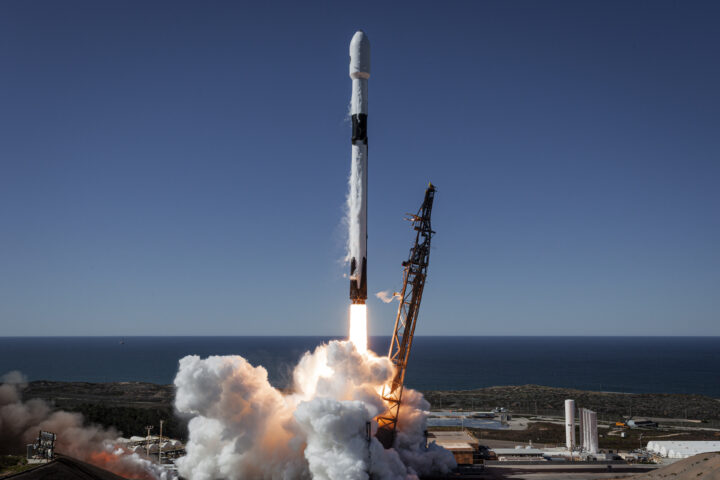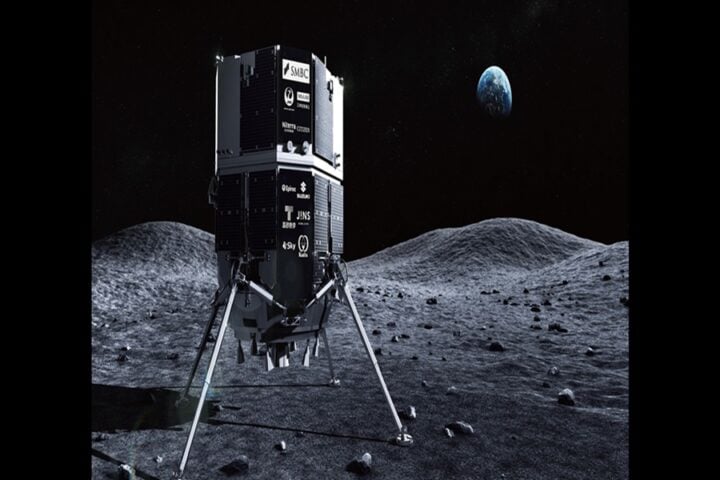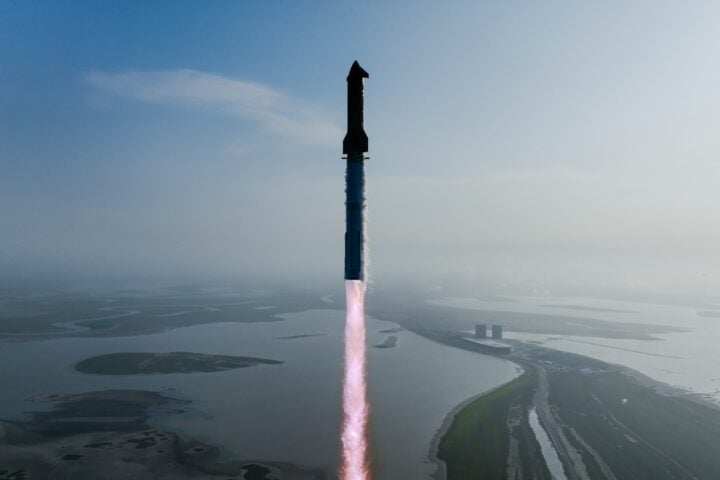Elon Musk plans to send uncrewed Starships to Mars by 2026, following the sixth test flight from Boca Chica, Texas. The mission achieved partial success with upper stage engine ignition in space, though the Super Heavy booster splashed down in the Gulf of Mexico instead of being caught by the launch tower’s arms.
“I am highly confident that we can send several uncrewed Starships to Mars in 2 years. If those ships don’t increment the crater count on Mars, then crewed ships can be sent in 4 years,” Musk posted on X after the launch.
The sixth test flight, launching at 3:30 am IST, achieved several firsts. NASA astronaut Don Pettit captured the launch from the International Space Station, documenting the exhaust plume against Earth’s surface from 250 miles above.
SpaceX faces specific technical challenges before achieving Mars-ready status, “Being able to land the ship, refill propellant & launch right away with no refurbishment or laborious inspection. That is the acid test,” Musk explained on X.
The company, according to the (FAA) draft environmental assessment for Starship missions from Boca Chica, Texas,aims to execute 25 test missions in 2025, scaling to 100 annual launches. The current focus remains on developing a fully reusable heat shield system and perfecting landing procedures.
SpaceX’s Mars strategy includes deploying Tesla Cybertrucks and Optimus robots as initial payload. The Cybertruck’s robust design suits Mars’s challenging terrain, while Optimus robots could handle infrastructure development tasks autonomously.
The latest test carried an unexpected passenger – a stuffed banana, marking Starship’s first official payload. At 122 meters tall, Starship generates twice the thrust of NASA’s Saturn V rocket.
NASA depends on Starship for its Artemis program’s lunar missions. This partnership provides SpaceX with institutional backing while advancing interplanetary travel capabilities. The company’s next iteration, Starship V3, promises triple the power of current models.
More Stories
Cost considerations remain central. Previous Mars missions, like NASA’s Perseverance rover, cost $2.7 billion. SpaceX’s reusable rocket strategy aims to reduce these expenses substantially.
The Starship system must withstand Mars’s extreme conditions:
- Temperatures ranging from -140°C to 20°C
- Atmospheric pressure at 1% of Earth’s
- Frequent dust storms
- High radiation exposure
SpaceX operates under FAA supervision, requiring clearance for each test flight. The company must demonstrate compliance with safety protocols while pushing technological boundaries.
Musk envisions establishing a self-sustaining Mars city, requiring advances in:
- Long-term life support systems
- Radiation shielding
- In-orbit refueling capabilities
- Autonomous landing systems
The road to Mars involves precise technical achievements, regulatory compliance, and substantial financial investment. SpaceX’s progress on reusability and launch frequency will determine the feasibility of its Mars timeline.


















